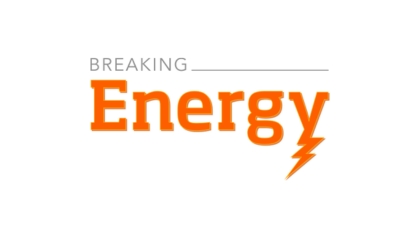
Finnish wave energy developer Wello Oy is one of the companies that has tested a device at the European Marine Energy Centre. Photo from EMEC/Mike Brookes-Roper.
Perhaps someday – if, thirty or fifty years from now, wave energy converters and tidal stream generators become commonplace – it will be a largely forgotten blip in the sector’s long evolution from notion to reality. But in the here and now, marine energy is suffering.
The latest sign: The European Marine Energy Centre in Scotland, the world’s most vibrant testing venue for devices, on Friday announced a “restructuring to meet market demand” that will leave it, by some unstated measure, smaller.
The last year has been particularly difficult for the industry, and due to current market conditions I am going to have to restructure EMEC. Regrettably this will mean redundancies.
We are all operating in a constrained financial landscape, and funding for R&D is tight, so it is of utmost importance that EMEC remains dynamic and can react quickly to the market as it changes. The restructure will focus on how we can continue to meet the needs of the industry.
Everyone at EMEC is passionate about making marine renewables work. The company would not be where it is today without their dedication and hard work. We will have to make some very tough decisions over the coming months, and will be consulting with our staff over this period to ensure that they receive the support they need as we go through this process. – Neil Kermode, EMEC managing director, in a news release
EMEC’s move comes in the wake of high-profile failures by companies such as Pelamis and Aquamarine Power as developers struggle to turn their concepts into working wave farms (tidal power, somewhat less challenging, is fairing marginally better).
The move by EMEC comes as the U.S. Department of Energy-backed Northwest National Marine Renewable Energy Center at Oregon State University works to develop a big grid-connected test center of its own. Much study has been funded, but the DOE hasn’t yet fully committed to the project. Meanwhile, the Navy and the DOE are backing testing at a less ambitious center in Hawaii.
